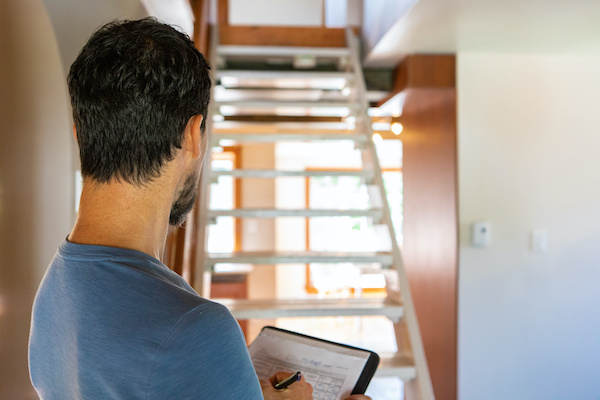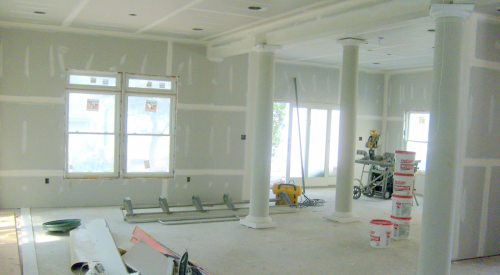The Department of Homeland Security declared building as an essential business, and many local governments have heeded the department’s guidelines. Being allowed to continue and having the resources to plug along are not the same, however, as nearly half of respondents to an NAHB survey last week said they are putting projects on hold. Some cities are turning to virtual and third-party inspections as a workaround to the project bottlenecks caused by unwillingness of workers at local building departments to perform inspections. Though not the norm, 20 percent of respondents to a new NAHB survey said that their local government is now allowing virtual inspections due to the coronavirus.
By now, many cities have classified residential construction as an essential business: an activity allowed to continue during the coronavirus-induced shutdown. This in itself may not be sufficient to keep construction going, however, and some jurisdictions have also started to allow virtual inspections as an attempted remedy.
Data on these trends were collected recently through questions on the survey for the April 2020 NAHB/Wells Fargo Housing Market Index (HMI). The first question asked about the classification of residential construction. In response to the advocacy efforts of NAHB and other construction organizations, the Department of Homeland Security has classified residential construction as “Essential Infrastructure Business” in its March 28 guidance. Individual state and local governments are not required to follow the guidance; but, as the HMI survey shows, 78 percent of builders report that residential construction has, in fact, been classified as essential in the areas where they build.












